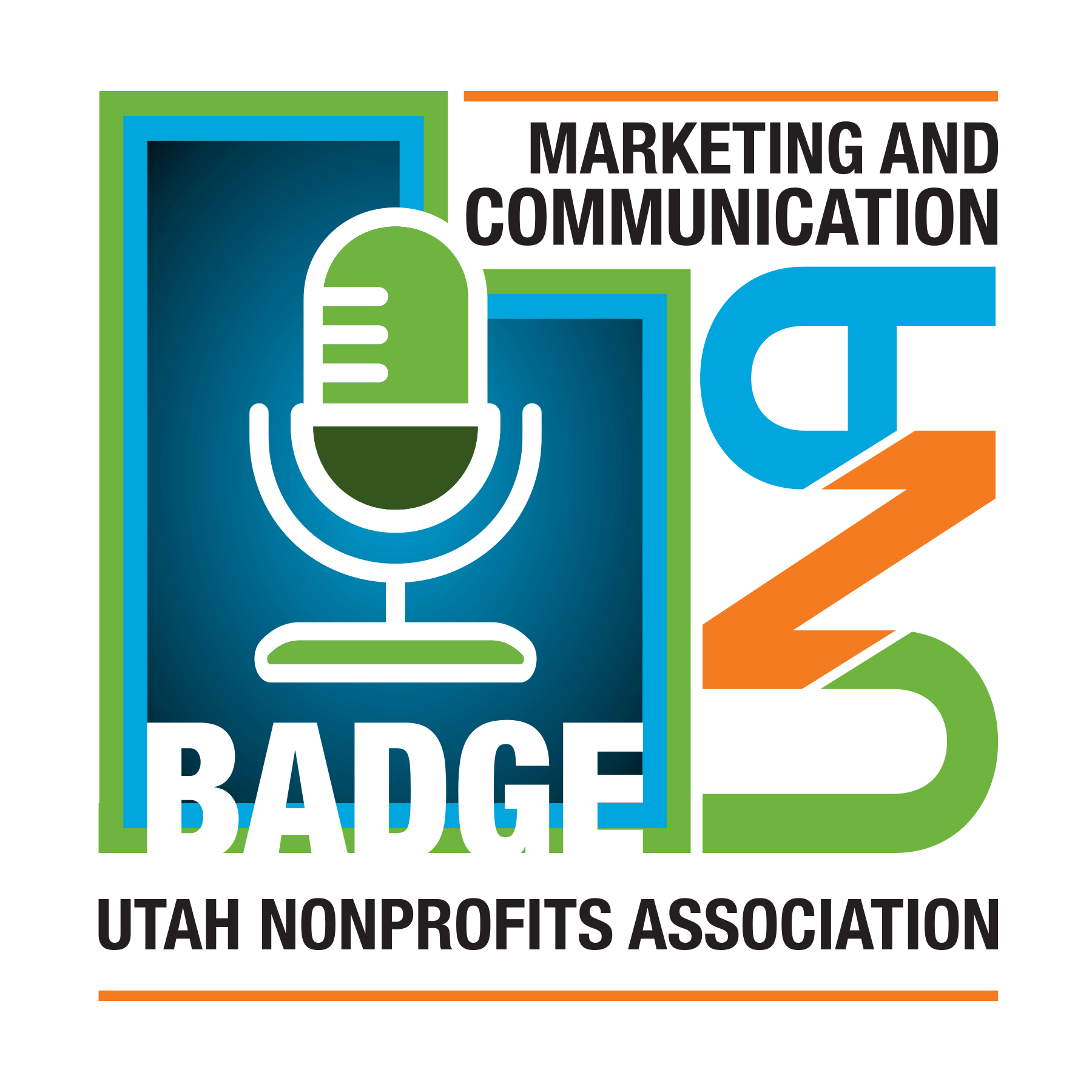
Your Mission Deserves Better—Let’s Make It Happen
You know marketing is everything. Your audience is paying attention—but are you delivering the right message? Don’t let your story go untold or unheard. Join us to unlock the power of marketing and communicate to drive change, inspire action, and achieve your vision.
Are you...
- Struggling to articulate your mission in a way that truly resonates?
- Finding it hard to stand out to funders, donors, or partners?
- Unsure how to measure whether your message is working—or how to improve it?
- Overwhelmed by limited resources, trying to juggle storytelling, stakeholder engagement, and data-driven marketing?
If you’re nodding along, this is the course you’ve been waiting for! You’ll get the tools, insights, and strategies to turn marketing from a source of stress into your organization’s superpower. This course is designed to tackle your pain points head-on, equipping you with the skills to:
- Clarify Your Story to define a consistent, compelling narrative that sets your organization apart.
- Engage Key Stakeholders and reach the right people with the right message at the right time.
- Maximize Impact by learning to collect and interpret marketing data to amplify what’s working—and fix what’s not.
- Do More With Less and optimize your communications strategies to make the most of limited time and resources.
You’ll Get:
- Two days of engaging, practical, and interactive online training.
- Reference materials and resources to keep learning and refresh your memory as needed.
- A one-on-one session with the Subject Matter Expert to address your organization’s unique challenges.
Upon completion, your organization will earn the Nonprofit Credential Marketing and Communication Badge, a mark of excellence to share with your network and show the world you’re serious about making an impact.
Marketing and Communication Nonprofit Credential will be held on March 26 and 27, 2025.*
Each of the nine UNA Credential courses is offered online, once in a calendar year. Please check the UNA Event Calendar for all upcoming courses.
Cost:
UNA Member Rate: $180 for the first person/$40 for each additional participant
Not-Yet-Member Rate: $360 for the first person/$80 for each additional participant
*Dates are subject to change up to 30 days prior to the first session.
Marketing and Communication Badge Requirements
Successful completion of the Credential in Marketing and Communication requires that your organization submit the following items for review. Once all the items have been submitted, UNA and the Subject Matter Expert will review them. A passing review of all the items earns your organization the Badge in Marketing and Communication and gives you the satisfaction of completing important substantive work. Please follow specific guidelines in the participant folder, as they are always going to be the most current.
Marketing Persona
Provide an example of one marketing persona that matches your data base—not your office staff or what you assume your client's look like and believe in. Keep in mind that your personas may have different life stages, backgrounds, financial situations, and perspectives.
Editorial Calendar
Provide a copy of your editorial calendar that contains, at the minimum, the channel, messaging, timing, and author. This can be a 30, 60, 90 day or one-year calendar
Website
- Document when and by whom your website has been most recently reviewed and critiqued.
- Describe who viewed the review findings and what was done with the information received.
Email Marketing
Provide evidence that you have segmented your email list and have sent at least one email to one of the segments.
Video Marketing
- Provide a link to a new (brand, personalized, or event) video that you created on a cell phone and have posted on social media.
- Remember to use people who represent your clients. This could include a different life stage, background, financial situation, or perspective. It’s essential to reflect the people in your database—not just your office staff or assumptions about your clients.
- Please indicate if your video is Brand, Humanize, or Event.
Social Media
Post Examples
Provide (can even be a screen shot of something that you have already posted) an example of 3 types of social posts:
- Industry post
- Promotional post
- A post about your organization's Why vs. What
- Social Media Policy
-
-
Social Media Policy
Provide a copy of the organization’s social media policy that directs employees on appropriate use of personal social media as an employee of your organization.
Repurposed Content
Provide an example of where you expanded a piece of content to repurpose it for another channel. This can be a Facebook post expanded to an email or a blog. Or an Instagram post expanded to a Facebook post, etc. .You can also use content from a mass email where you select a piece to use in social media.
Show Examples of Differentiated Demographics
Examples can include differences in life stage, background, economic circumstances, and perspectives. Not all differentiated demographics have to be demonstrated in each area. Simply one type per area will work.
- Website
- Alt text
- Video
- Social post

Subject Matter Expert: Justin Anderson
Justin B. Anderson has three decades of marketing strategy and communication experience, with over 20 years in the nonprofit sector. He has represented many established and startup nonprofit organizations while also teaching marketing strategy and tactics to both undergraduate and master’s-level students at Westminster College in Salt Lake City and through the Utah Nonprofits Association Marketing Communications Credential. He has also authored the book series, “Mission Marketing: A Survey of Nonprofit Marketing Strategy.”
With a genuine love for marketing and an abiding respect for the audiences we engage, Justin believes in the power of professional communication, as both a tool to help organizations succeed and a positive public resource. Good marketing is a service—a genuine and committed agreement between organizations and their stakeholders—that brings value to all participants.
